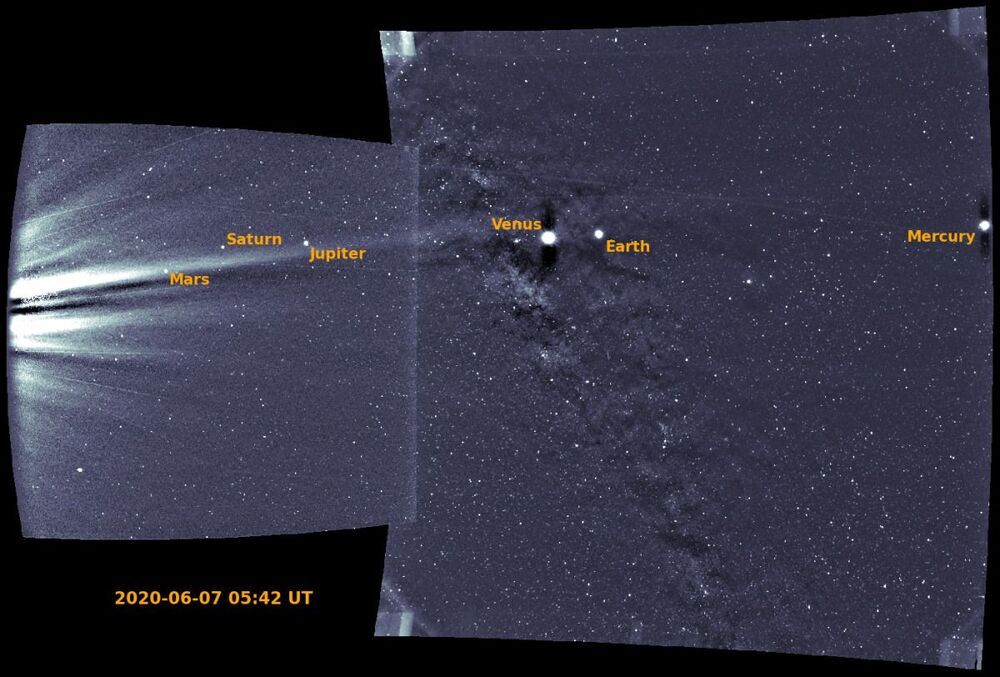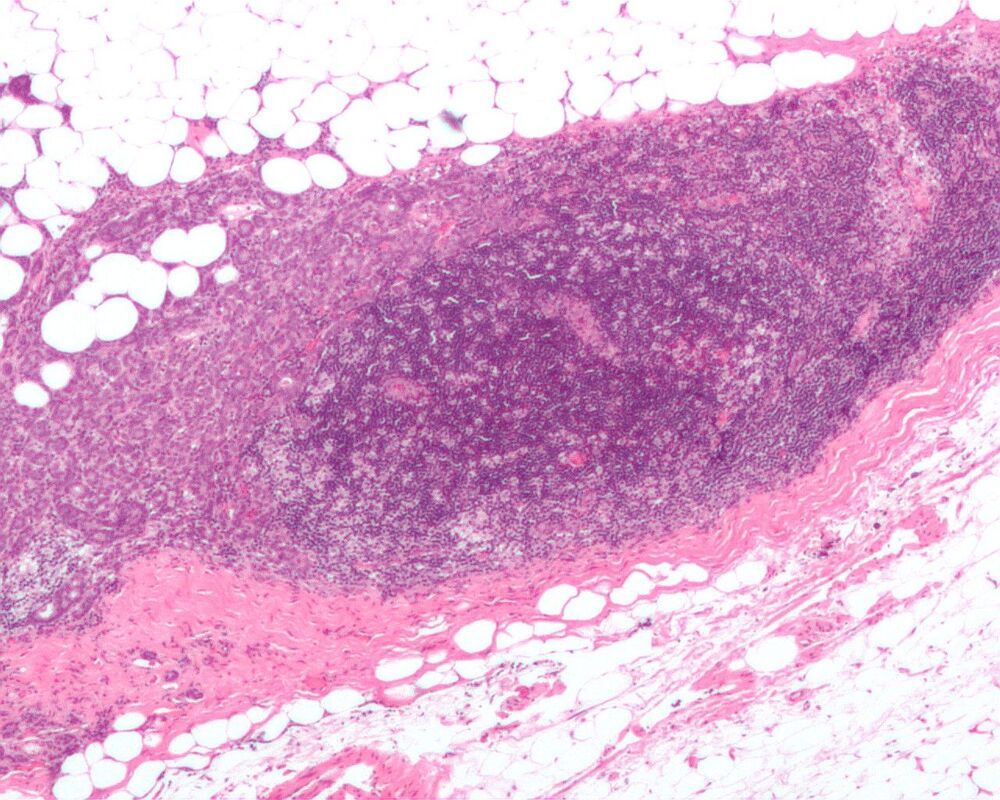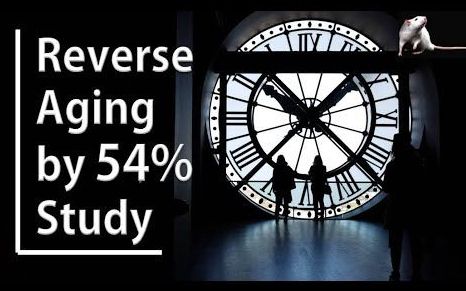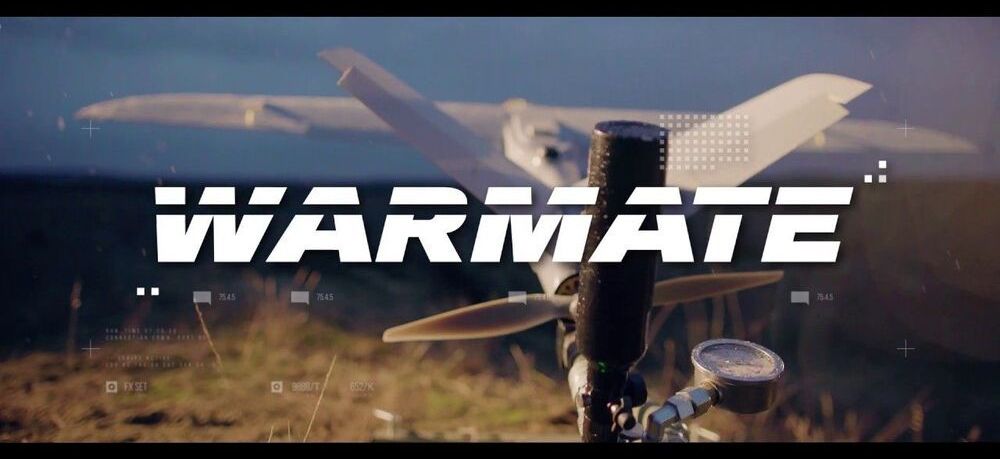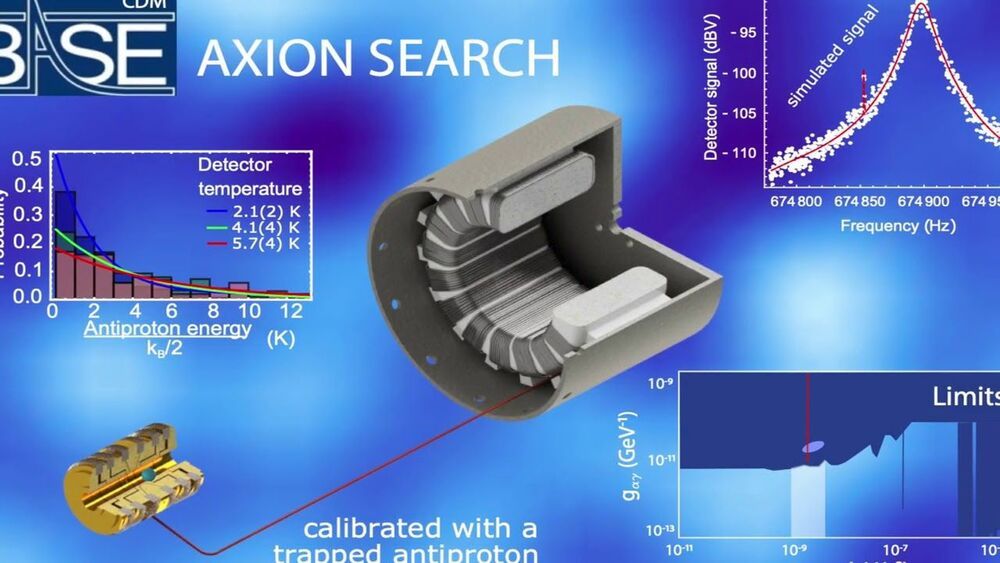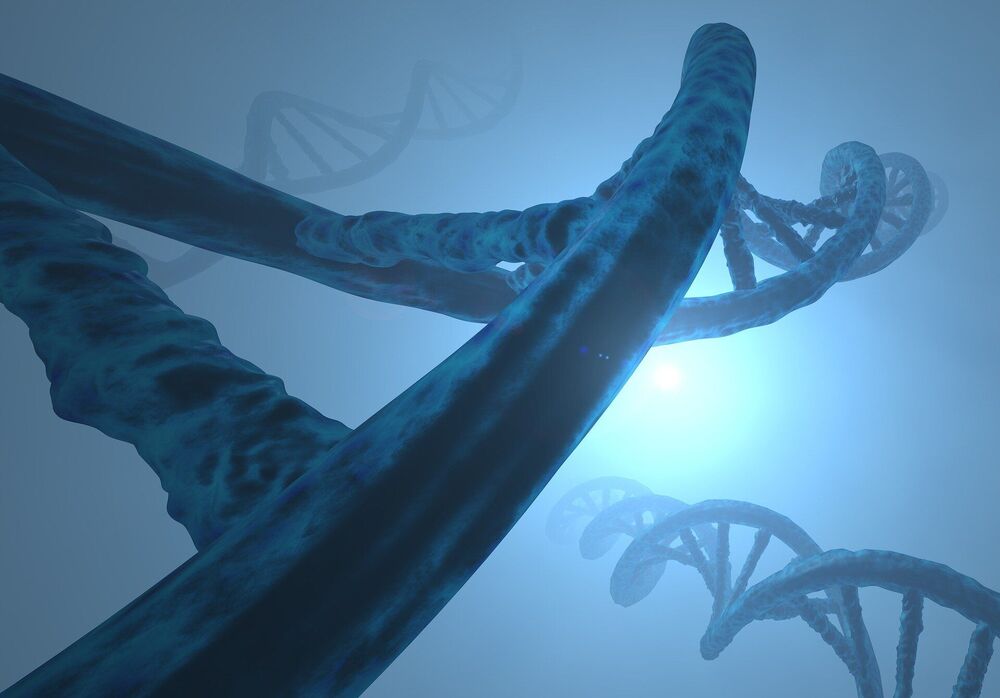Three sun-studying spacecraft captured stunning images of the planets Venus, Earth, Mars and even Uranus.
A team of researchers with members from institutions in the U.S., Sweden and Taiwan has developed an artificial intelligence system for predicting breast cancer years before tumors appear. In their paper published in the journal Science Translational Medicine, the group describes how they developed and trained their system and how well it worked when tested.
“” Billionaire Mark Cuban is taking aim at the pharmaceutical industry by launching a generic drug company dedicated to providing low-cost versions of high-priced, highly marked up medicines.
The Mark Cuban Cost Plus Drug Co. plans to offer 100 low-cost versions of high-priced drugs by year-end.
Gearing up for the interview with Harold Katcher!
Epigenetic age reversed by 54%. Scientific trial by Horvath Clock.
In this video we will discuss a paper entitled “Reversing age: dual species measurement of epigenetic age with a single clock”.
Hyundai’s worked with a company called Urban Air Port to create infrastructure for future eVTOL, and the UK government is on board.
If the U.S. and China ever come to blows, this vessel will play a big part in the battle.
The U.S. Marine Corps is taking a completely new tack to providing fire support during amphibious landings: unmanned boats stocked full of suicide drones.
The shipbuilder Metal Shark has announced it’s building a new type of unmanned surface vessel, which the Marines plan to equip with loitering munitions. Such a boat would act as a mobile fire support platform, servicing calls for fire with salvos of drones equipped with explosive charges.
BASE opens up new possibilities in the search for cold dark matter.
The Baryon Antibaryon Symmetry Experiment (BASE) at CERN’s Antimatter Factory has set new limits on how easily axion-like particles in a narrow mass range around 2.97 neV can turn into photons, the particles of light. BASE’s new result, published by Physical Review Letters, describes this pioneering method and opens up new experimental possibilities in the search for cold dark matter.
Axions, or axion-like particles, are candidates for cold dark matter. From astrophysical observations, we believe that around 27% of the matter-energy content of the universe is made up of dark matter. These unknown particles feel the force of gravity, but they barely respond to the other fundamental forces, if they experience them at all. The best accepted theory of fundamental forces and particles, called the Standard Model of particle physics, does not contain any particles that have the right properties to be cold dark matter.
Since the Standard Model leaves many questions unanswered, physicists have proposed theories that go beyond it, some of which explain the nature of dark matter. Among such theories are those that suggest the existence of axions or axion-like particles. These theories need to be tested, and many experiments have been set up around the world to look for these particles, including at CERN. For the first time, BASE has turned the tools developed to detect single antiprotons, the antimatter equivalent of a proton, to the search for dark matter. This is especially significant as BASE was not designed for such studies.
3D printing is a universal process in the sense that pretty much any part that can be drawn up in a CAD program can be printed, at least within a certain resolution. Machining a part on a mill or lathe, while having the advantage of greater accuracy and material options, is a slightly less universal process in that many possible designs that exist in theory could never be machined. A hollow sphere can easily be printed, but a ball could never be milled as a single part into a hollow sphere—unless you happen to have a milling machine tiny enough to fit inside the ball. But what about biological parts, and whole animals? How universal, from a design perspective, is growth?
